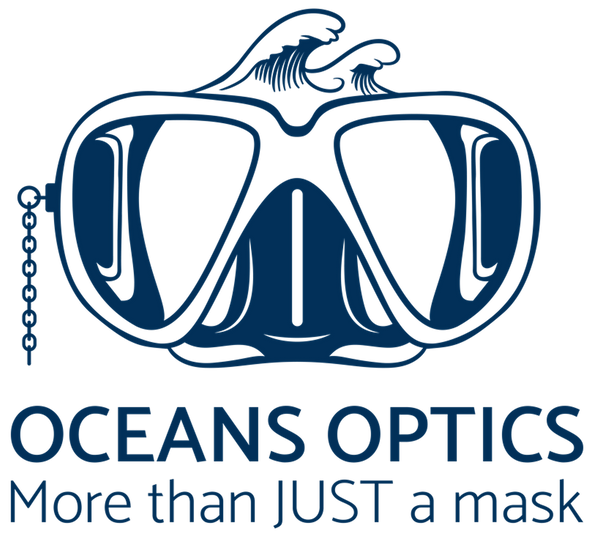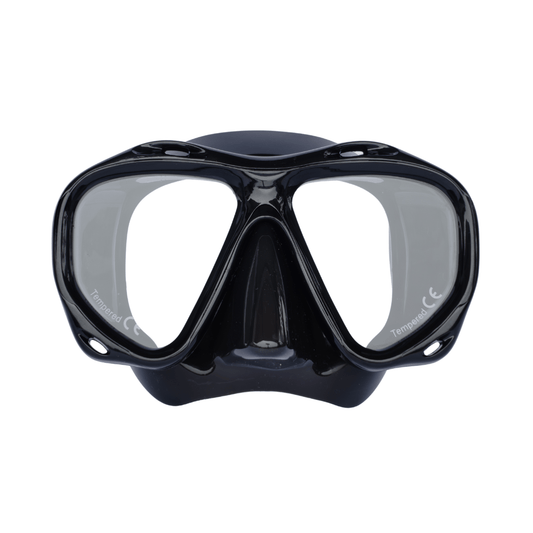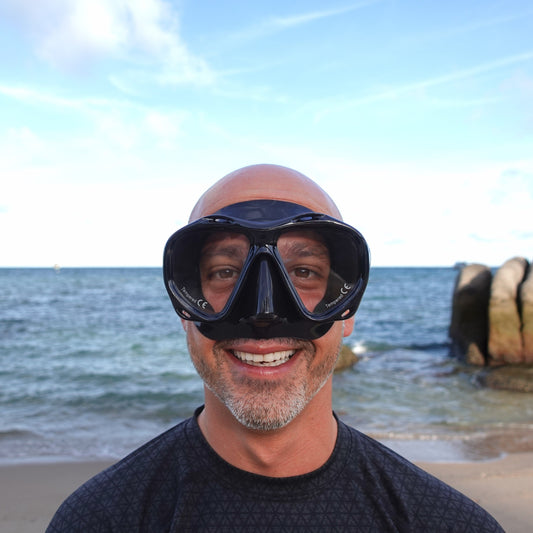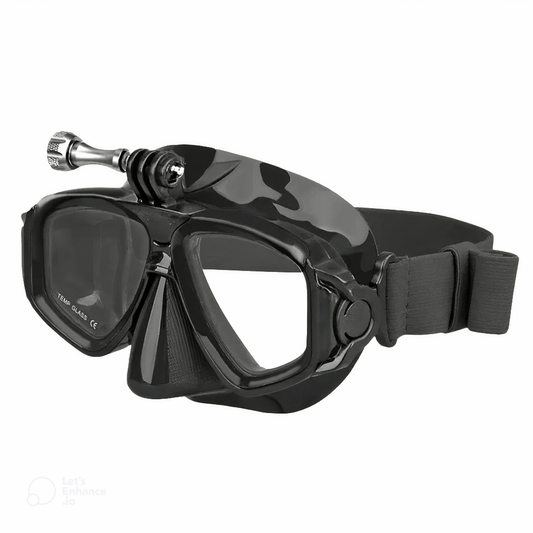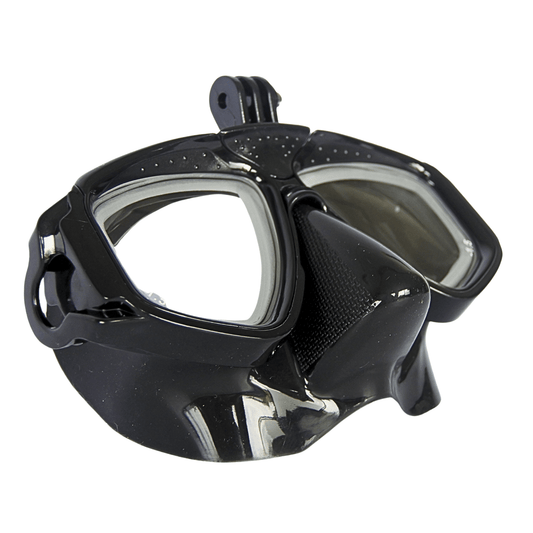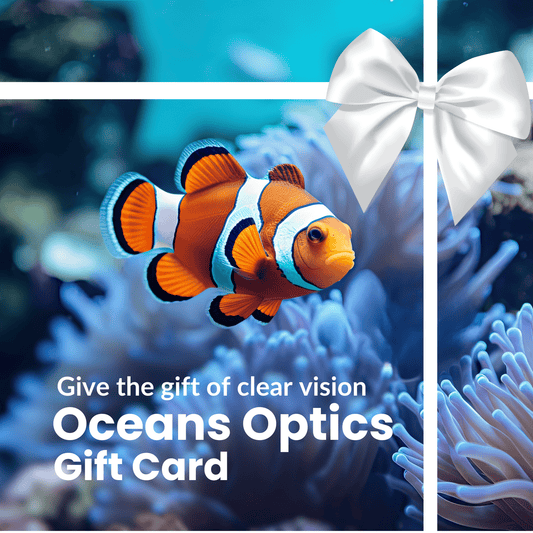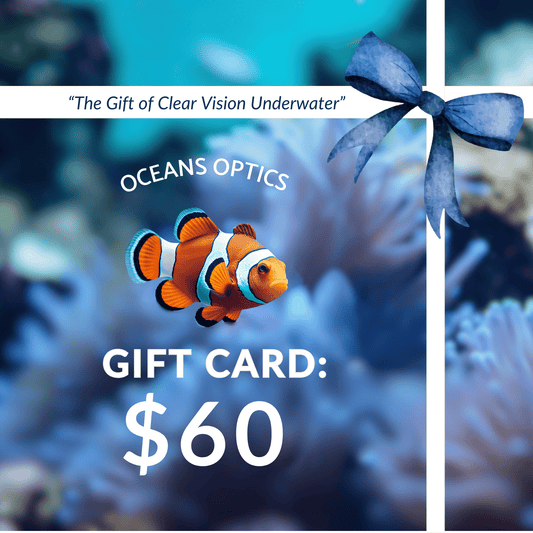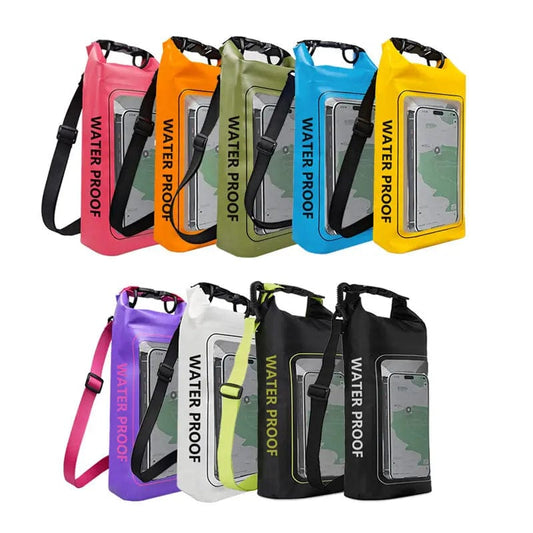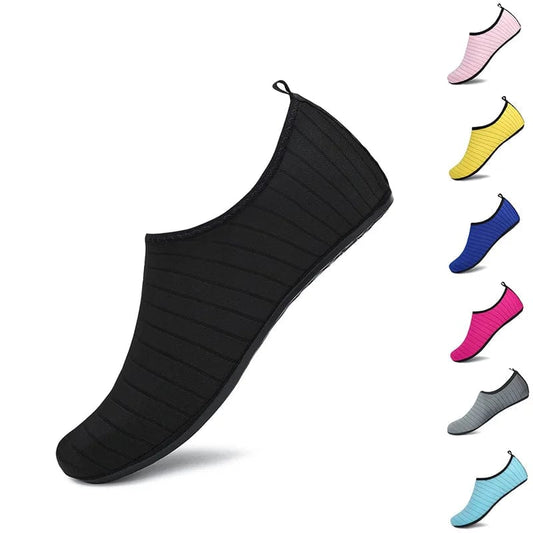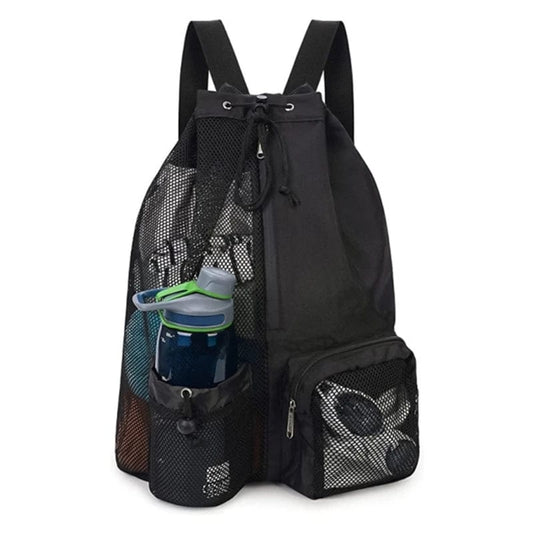-
Rx Mako Farsighted Prescription Snorkel/Diving Mask
Vendor:Oceans OpticsRegular price $99.00 USDRegular priceUnit price per -
Rx Action Farsighted Prescription Dive Mask w/Cam Mount
Vendor:Oceans OpticsRegular price $115.00 USDRegular priceUnit price per -
Oceans Optics Gift Card
Vendor:Oceans OpticsRegular price From $60.00 USDRegular priceUnit price per
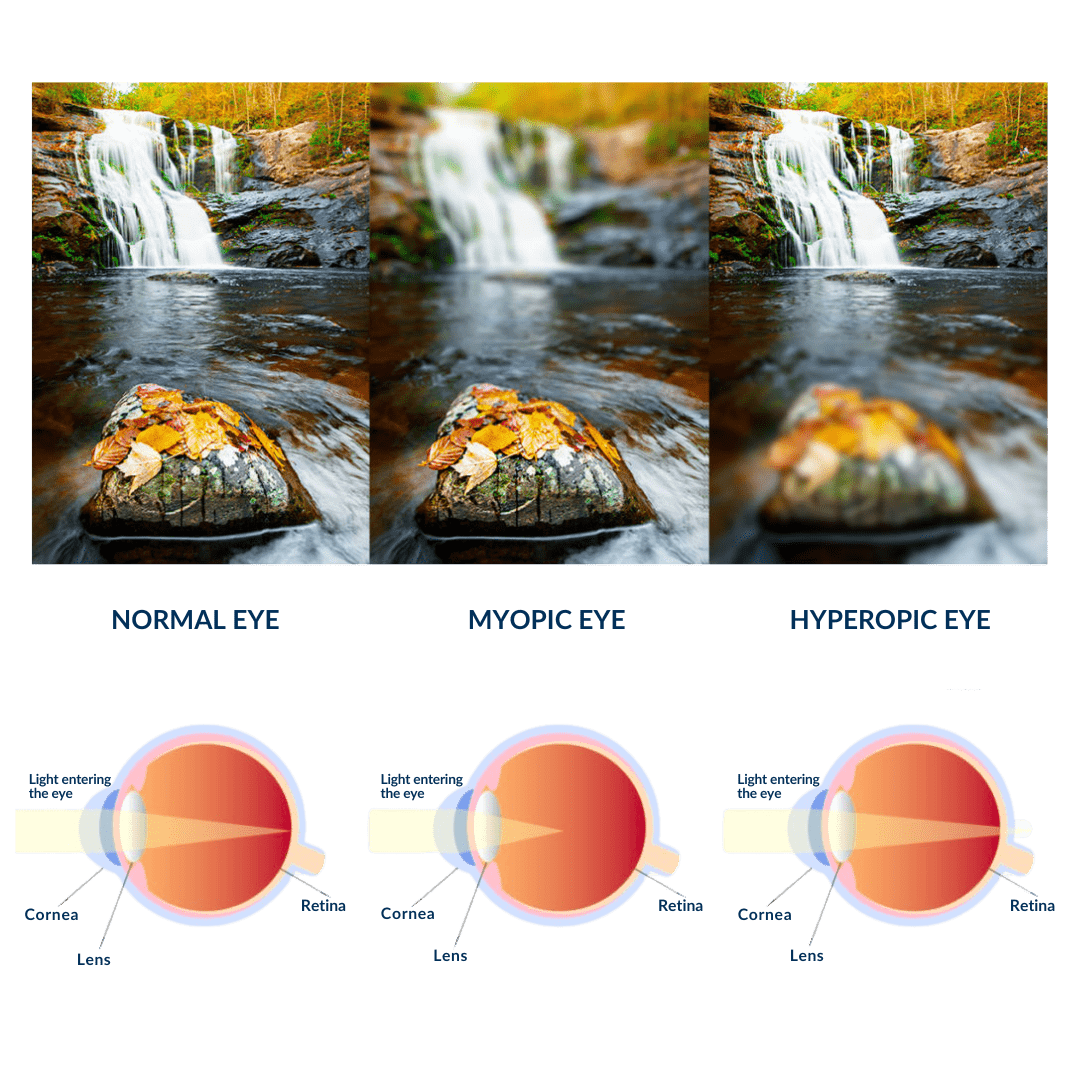
what you need to know
Nearsighted vs. Farsighted
Nearsighted (Myopia)
If you’re nearsighted, distant detail goes blurry. Negative-diopter lenses bend incoming light outward before it reaches your eyes, so far-away subjects like reefs, fish, and boats snap into focus. About 1 in 3 Americans are nearsighted. Correcting myopia also improves overall clarity across typical dive distances, not just “far away.”
Farsighted (Hyperopia/Presbyopia)
If you’re farsighted, plus-diopter lenses aren’t only for close-up. They shift the focal point forward so the eye doesn’t have to work as hard. That small change in the angle of convergence helps your retina receive a sharp image across a wide range of distances: gauges at arm’s length, your buddy a few meters away, and the reef beyond. In short, farsighted RX masks improve overall clarity, not just close-up vision.
How RX lenses help overall?
Whether your correction is “minus” or “plus,” the lens is simply bending light in the direction your eyes need so the focal point lands on the retina. That brings the whole scene into focus across common dive and snorkel distances. The nearsighted/farsighted labels just indicate which way we’re bending the light, not a limit on what you’ll see clearly.
Our mission is to provide clarity through vision and knowledge. We offer Rx masks along with the essential skills needed to explore the underwater world safely and efficiently
Get Vacation Ready!
Shop our sale items and get prepared for your next adventure
-
2L Dry Bag Touch Screen Waterproof Bags
Regular price $25.00 USDRegular priceUnit price per$30.00 USDSale price $25.00 USDSALE -
Large Poncho Beach Towel Swimming & Snorkeling
Regular price $30.00 USDRegular priceUnit price per$40.00 USDSale price $30.00 USDSALE -
HydroFlats Quick Drying Water Shoes Non Slip Rubber Sole
Regular price $30.00 USDRegular priceUnit price per$35.00 USDSale price $30.00 USDSALE -
Mesh Drawstring Backpack Beachbag Snorkel bag
Regular price $30.00 USDRegular priceUnit price per$40.00 USDSale price $30.00 USDSALE
